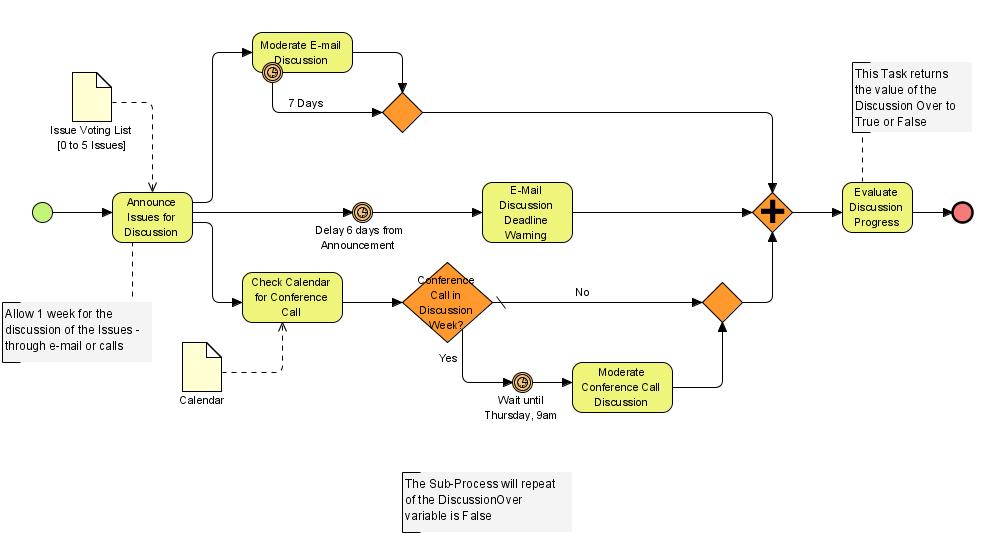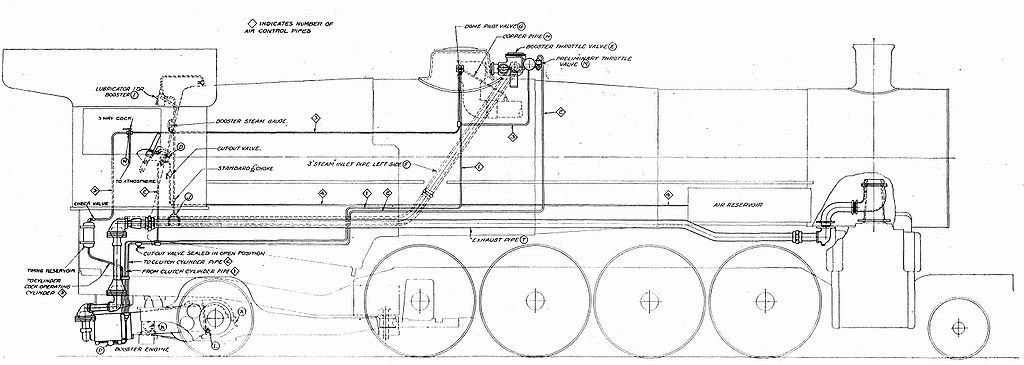First of all, I do not like writing documentation and I do not know anybody who likes doing it, but after years of experience, I have noticed it is one of the most important parts of a project. It is the way to drive to excellence, because it can mark the difference between a good system and an excellent system. That is the reason of my claim in my profile, to elaborate it a bit better, let us look two use cases.

First example, imagine yourself getting to a company with the purpose of automating processes; writing documentation, going step by step, that will be the first phase for automation. In fact, if someone else (with some context) is able to read and follow that documentation to repeat the process, you can consider this phase completed. Of course, a “PersonAsAService” system is not the approach, but by documenting it, you have reached three goals:
- Describe the workflow, next time, somebody else in the team could do it.
- In this first iteration, know and analyze the system to get some requirements.
- Define the domain of the system, show it to other people, thinking about high goals, next steps about how to improve it, etc.

Second example, working in a team, designing high availability architectures and implementing complicated systems: by creating documentation you will gain respect and get consideration from the others, which is especially important in distributed and multidisciplinary teams. Also, apart of being elegant and professional, it is the best way to create trust within the team.
Another interesting topic is: what kind of documentation? Well, I am not talking about creating extensive user documentation. It is more about defining the interactions between the pieces of the system. Thinking egocentrically, you also will get benefits from it in the future, in a year, will you be able to remember it? … if not so, a good starting point is write down what you think it will be useful to remind you. This is technical, low level documentation and usually it has implementation details, it describe some parameters to change functionality, etc. Engineers usually use readme files in the repository (Markdown format is great) -sometimes a bash script commented out could be enough for simple use cases- for much big projects, having a wiki is a good idea (GitHub or Bitbucket provide it with the repositories).
But also, there is other kind documentation, high level, something like an architecture overview of the services (maybe some cases with implementation details to justify or detail some functionality) which will be consumed by the rest of the company. In some cases, also operational: update tasks, howtos … for other teams. The idea is, create a document for somebody who needs to see the services and its dependencies, as starting point, or if you have to give an introduction talk, get information from there.
To sum up, write at least a Readme in the project’s repository, just something as it were for you in one year’s time: setup the initial environment, compile, deploy or change some important parameters. About high level documentation, most of the times is enough by creating diagrams (see http://www.planttext.com) to describe the overview of services and link to the implementation repositories. And please do not forget to keep documentation updated!